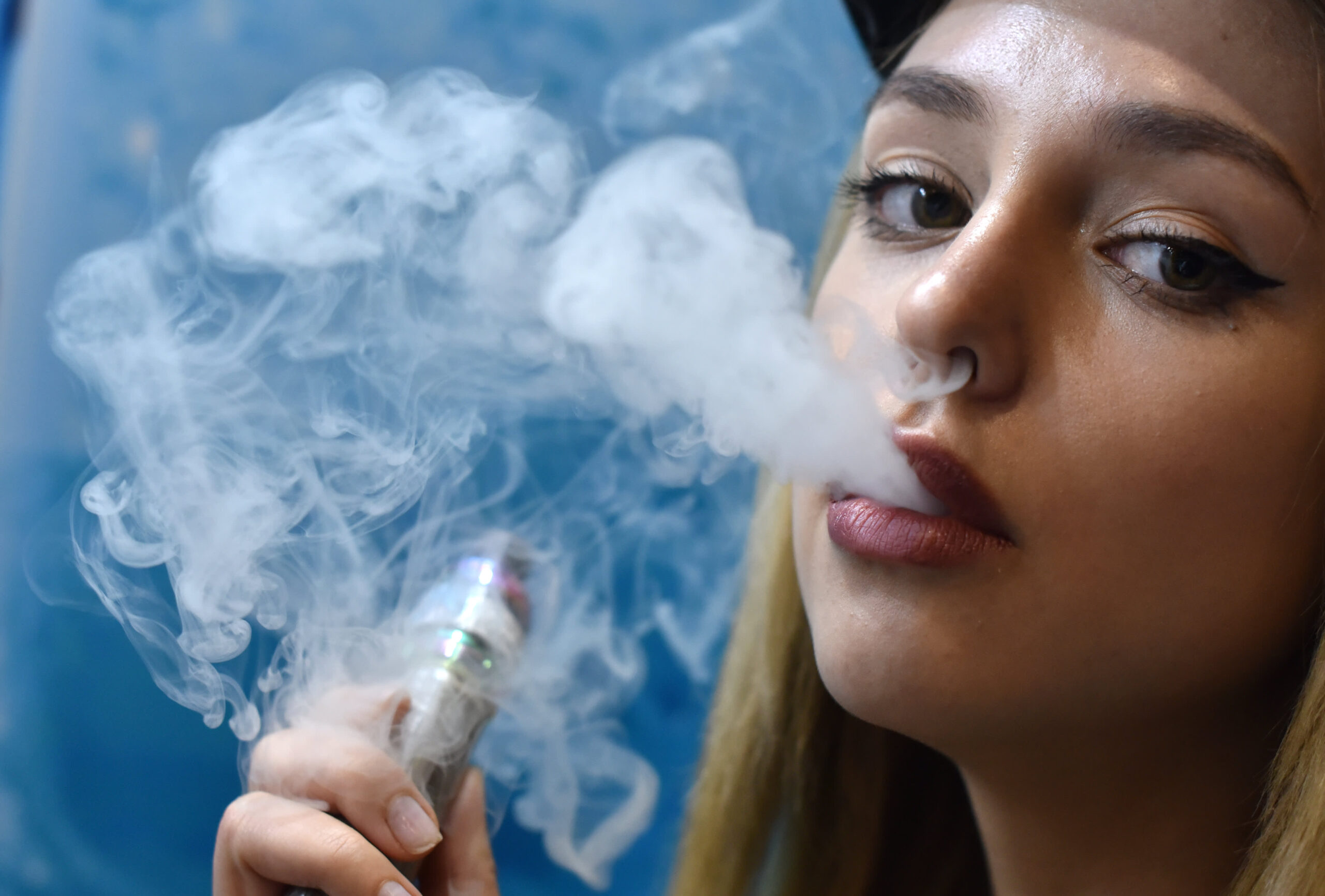In recent years, the popularity of Cake Disposables Vaps has surged, capturing the attention of both enthusiasts and health experts alike. Vaping, or the use of electronic cigarettes to inhale vaporized liquids, has emerged as a trend that presents a unique blend of controversy and curiosity. Proponents argue that vaping offers a potentially less harmful alternative to traditional smoking, while opponents raise concerns about its health implications, particularly among young adults and non-smokers.
At its core, vaping involves the use of electronic devices that heat e-liquids, often containing nicotine, flavorings, and other chemicals, to create an inhalable aerosol. This aerosol is then inhaled by the user, mimicking the sensation of smoking while producing fewer harmful byproducts than traditional tobacco combustion. This characteristic has led many to view vaping as a potential smoking cessation aid, aiming to reduce the negative health impacts associated with traditional smoking.
However, the rapid rise of vaping has been accompanied by a growing list of concerns. The allure of flavored e-liquids has drawn in a significant number of young adults and even teenagers, sparking fears of a new generation becoming addicted to nicotine. The long-term health effects of vaping remain a subject of ongoing research, with limited conclusive evidence available thus far. Respiratory issues, such as “vaping-associated lung injuries,” have been reported, prompting investigations into the potential link between vaping and severe lung conditions.
Moreover, the unregulated nature of the vaping industry has raised additional alarms. Product quality and safety standards vary widely, potentially exposing consumers to subpar devices and e-liquids that might contain harmful ingredients. The lack of clear information and guidelines about vaping’s long-term impact on health makes it challenging for individuals to make informed decisions.


